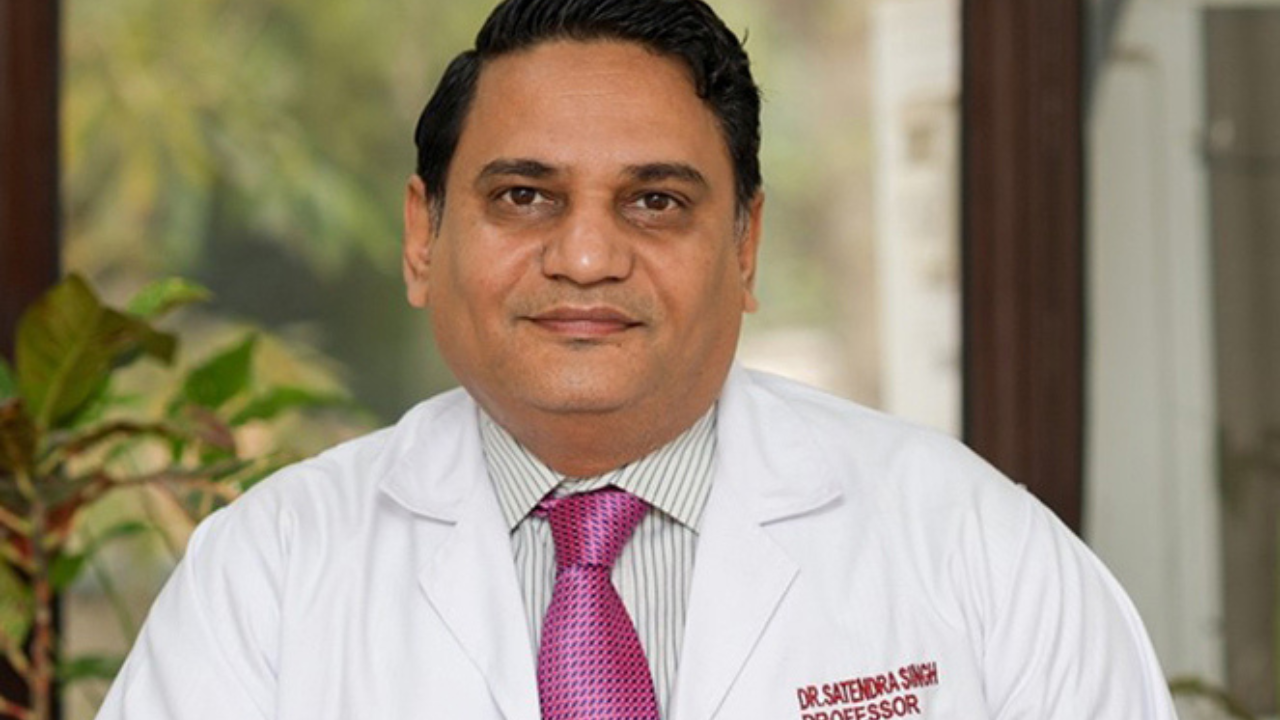The introduction of employment and admission quotas for people with disabilities has been hard fought. Will the recent controversy over IAS trainee Pooja Khedkar’s alleged misuse of quotas erode the cause of inclusion? Disability rights activist and professor at Delhi Medical College and GTB Hospital, Dr Satendra Singh, spoke to The Sunday Times about the impact on millions of disabled Indians who want equal opportunities in education and employment.
How does the issue of fake disability certificates impact the disability sector and the struggle for rights?
We are concerned that action is not being taken against fraudsters. Why are courts not taking voluntary action by invoking Section 91 of the Persons with Disabilities Act, 2016 against fraudsters who defraud disability benefits? As a result, genuine aspirants are doubly scrutinised while those with power and privilege continue to misuse the system. For example, Pooja Khedkar was a doctor who knew that multiple disabilities would be included in the new category. She already had a visual impairment certificate. So why did she need a motor disability and mental illness certificate? In a country with huge prejudice like India, why would an IAS aspirant want to get a mental illness label? The reason is that there is high competition in the motor disability and visual impairment categories and less competition in the 1% reservation for the new multiple disability category in the UPSC PwD (Disabled) quota.
Is it difficult to obtain a disability certificate?
While Pooja Khedkar got it in a day, I, a doctor and professor, had to wait as long as 15 months and wrote to the Disability Empowerment Department multiple times just to get my paper disability certificate converted into a Unique Disability ID (UDID) card. State and central rules say that medical institutions must issue the certificate within a month of receiving the application, but this is not the reality. In case of new disabilities, it is even more difficult due to shortage of paediatric neurologists, lengthy series of tests and insensitive medical boards. And yet, those who are missing a finger (10%) or blind in one eye (30%) get 40% of certificates, cheating the system.
Are instances of fake certificates limited to UPSC or is it prevalent in other fields too?
This has been happening for years in teacher recruitment, land allotment, government jobs, medical profession etc. The UPSC case has only amplified the calls from the PWD section for a level playing field.
There is a perception that invisible disability provisions can easily be abused…
The rate of invisible disabilities has increased slightly, meaning that people’s concerns about “overdiagnosis” and increased demand for invisible disabilities such as learning disabilities and autism are merely speculation. People on social media often assume that people with invisible disabilities are frauds. Society needs to understand that even with visible disabilities, with assistive devices and support, people with mobility issues can still climb a mountain, act in a film or drive a car. However, ableism is ingrained in our psyche.
What are the loopholes in the process that make it easy to forge certificates?
Power, privilege and oppression. India is notorious for the ease with which fake certificates can be obtained. However, sometimes two certificates are found from two medical boards with vastly different percentages of disability. In such cases, instead of placing the blame on the candidate, one would say that the medical board is responsible as the assessment guidelines are notified in the official gazette. The formula for multiple disabilities proposed by medical experts and adopted across India seems to have no scientific basis. The UN Committee on the Rights of Persons with Disabilities criticized India for its arbitrary guidelines on disability certification and for subjecting disabled people to multiple assessments. The committee suggested that the guidelines on disability assessment and certification be reformed to bring them in line with the disability human rights model and that disability organizations be involved in the reforms. The Indian committee formed in March 2024 to revise the assessment guidelines did not have a single medical professional with a disability.
What can be done to address the threat of counterfeit certificates?
Jail one IAS officer with a fake certificate under the Persons with Disabilities Act and you will see the ripple effect. In 2022, Lakshmi Chaudhary, who cleared NEET for postgraduate admission, was barred from further study after the medical board of Safdarjung Hospital found her disability to be too high. The High Court sought opinion from experts at AIIMS and found the Safdarjung board to be liable, but no action was taken against the members of the board. Many such cases of medical boards making mistakes have come to light but no punishment was meted out. Candidates who avail PWD quota to get admission in medical schools constitute less than 1% of the total applicants. Many genuine candidates are rejected by the disability-discriminatory board and these seats are converted to general category seats. So where is the affirmative action for persons with disabilities?
How does the recent viral video of a cricketer mocking a person with disabilities contribute to this prejudice?
Young people see a popular cricketer making ableist and ageist ridicule and mocking others, so they imitate him and bully children and adults with disabilities. The video is now being used to mock disabled people appearing for UPSC interviews, perpetuating stereotypes and undermining our years of efforts towards inclusion.
Source link

